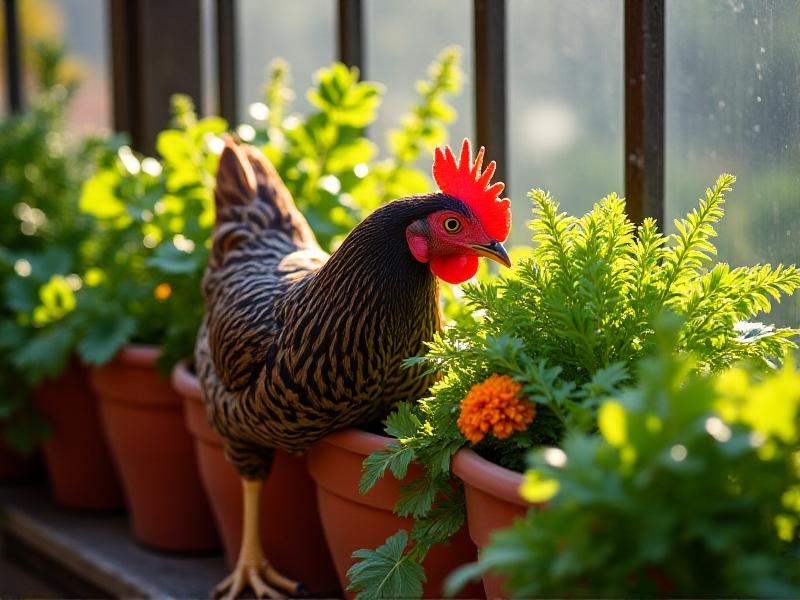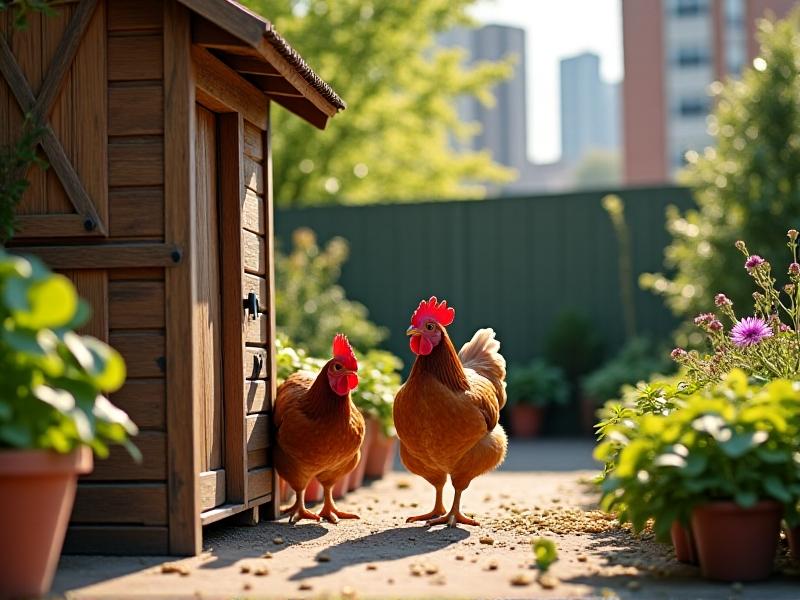Noise-Related Stress in Urban Chickens: Recognition and Solutions
Understanding Noise-Related Stress in Urban Chickens
Urban chickens, often kept for eggs, companionship, or pest control, face unique challenges in city environments. One overlooked issue is noise-related stress. Unlike rural settings, cities bombard chickens with constant auditory stimuli: traffic, construction, sirens, and even loud music. These sounds can trigger chronic stress, impacting their health and productivity. Chickens have sensitive hearing, capable of detecting frequencies humans cannot, making them particularly vulnerable to noise pollution. Recognizing this problem is the first step toward improving their welfare.
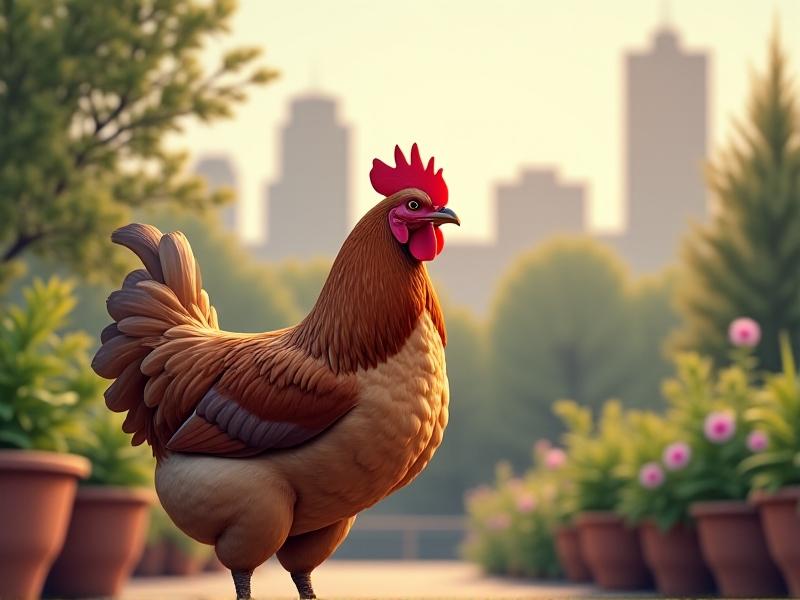
The Impact of Noise on Chicken Health and Behavior
Chronic noise exposure elevates cortisol levels in chickens, leading to suppressed immune systems, reduced egg production, and aggressive behaviors. Studies show that prolonged stress can shorten their lifespan and increase susceptibility to diseases like avian influenza. Behaviorally, noise disrupts natural patterns—hens may abandon nesting sites, avoid feeding areas, or exhibit erratic movements. Foraging and dust-bathing, essential for mental and physical health, decline in noisy environments. Understanding these consequences underscores the urgency of mitigating urban noise for poultry well-being.
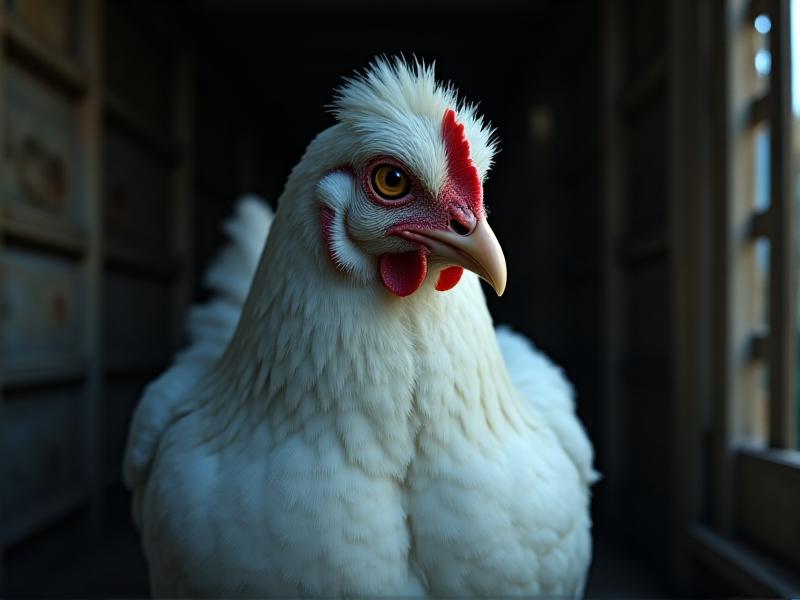
Identifying Signs of Noise-Induced Stress
Recognizing stress in chickens requires observing subtle changes. Physical signs include feather plucking, weight loss, and irregular eggshells. Behaviorally, stressed chickens may become hypervigilant—constantly scanning their surroundings—or withdrawn, avoiding interaction with flockmates. Vocalizations also shift; alarmed clucks or prolonged squawking can indicate discomfort. Keepers should monitor flock dynamics, as stressed birds often face bullying due to perceived weakness. Early detection allows for timely intervention, preventing long-term harm.
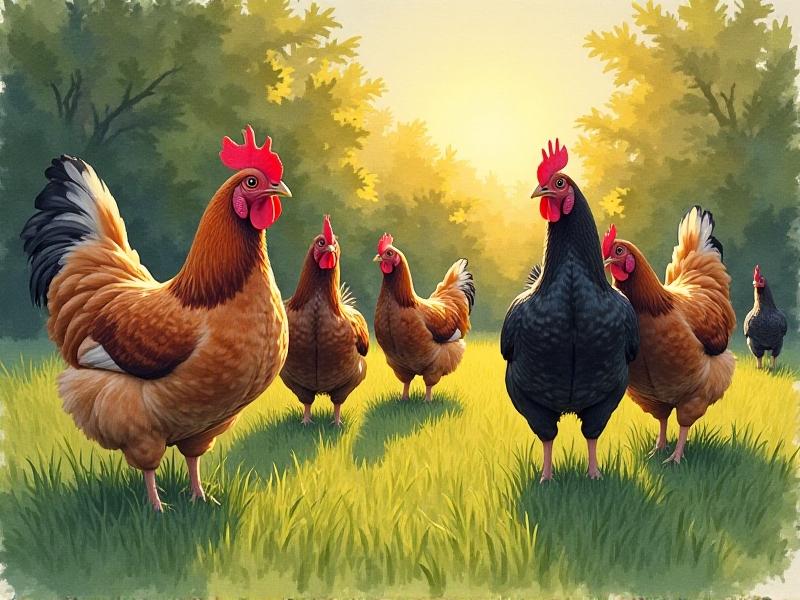
Designing Quiet Spaces: Coop Modifications
Soundproofing coops is a practical solution. Start by relocating coops away from streets or loud appliances. Adding insulation materials like mass-loaded vinyl or acoustic panels dampens external noise. Soft bedding, such as straw or hemp, absorbs vibrations. Planting dense shrubs or installing bamboo fences around the coop acts as a natural sound barrier. Inside, provide enclosed nesting boxes lined with felt or cork to create retreats. These modifications help restore a sense of safety, allowing chickens to recharge in quieter microenvironments.

Behavioral Enrichment to Counteract Stress
Enrichment activities divert chickens’ attention from stressors. Hang cabbage piñatas or scatter mealworms in leaf litter to stimulate foraging. Introduce novel objects like mirrors or perches at varying heights to encourage exploration. Dust-bathing stations with sand and diatomaceous earth promote relaxation. Flock rotation—allowing access to quieter zones during peak noise hours—also helps. These strategies not only reduce anxiety but also foster natural behaviors, improving overall resilience against urban noise.
Community-Based Solutions for Urban Flocks
Addressing noise pollution requires collective action. Urban farmers can advocate for local ordinances limiting construction hours or decibel levels near residential zones. Hosting workshops on chicken-friendly landscaping educates neighbors about noise barriers. Community coops in shared gardens can centralize resources like soundproofing materials. Collaboration with city planners to designate “quiet zones” in urban agriculture districts also shows promise. By fostering awareness and cooperation, communities can create healthier environments for both humans and poultry.
Future Directions in Urban Poultry Welfare
Emerging technologies offer new possibilities. Apps that monitor ambient noise and alert owners to harmful levels could become standard tools. Genetic research into stress-resistant poultry breeds may reduce vulnerability. Cities are also experimenting with “green roofs” on coops, combining sound absorption with thermal regulation. Meanwhile, citizen science projects tracking noise’s impact on urban flocks could inform policy changes. As urbanization grows, integrating animal welfare into city planning will be critical to ensuring chickens thrive alongside humans.
